
Exploring the Ancient Wonders of Petra Archaeological Park
Discover the ancient city of Petra, Jordan's 'Rose City,' where stunning rock-cut architecture and rich history captivate visitors from around the world.
Welcome to Petra Archaeological Park, a UNESCO World Heritage Site and one of the most awe-inspiring archaeological destinations in the world. Nestled in the rugged mountains of southern Jordan, Petra is often referred to as the 'Rose City' due to the stunning pinkish-red hue of its rock-cut architecture. This ancient city dates back to the 4th century BC and was once the thriving capital of the Nabataean Kingdom. As you wander through the park, you'll be mesmerized by the grandeur of the Treasury (Al-Khazneh), the iconic facade that greets visitors at the end of the narrow Siq gorge. Carved out of a sandstone cliff, the Treasury showcases incredible craftsmanship and has become a symbol of Petra's rich history. Venture further to discover the Royal Tombs, the Monastery (Ad-Deir), and the Roman-style Theatre, each offering a glimpse into the city's diverse cultural influences and architectural brilliance. Petra is not just about its monumental structures; it's also a place to immerse yourself in the natural beauty and serene atmosphere of the Jordanian desert. Hiking trails like the Al-Khubtha Trail and the High Place of Sacrifice provide panoramic views of the park's landscapes, while the Bedouin locals offer warm hospitality and unique insights into their traditional way of life. Whether you're an archaeology enthusiast, a history buff, or simply an adventurer at heart, Petra Archaeological Park promises an unforgettable journey through time.
Local tips in Petra Archaeological Park
- Arrive early in the morning to avoid the crowds and experience the park in a more tranquil setting.
- Wear comfortable walking shoes and bring plenty of water, as exploring Petra involves a lot of walking and hiking.
- Consider hiring a local guide to gain deeper insights into the history and significance of each site within the park.
- Don't miss the Petra by Night experience, where the Treasury is illuminated by candlelight, creating a magical ambiance.
- Take the time to interact with the Bedouin people, who offer handmade crafts and souvenirs, providing a unique cultural experience.
Exploring the Ancient Wonders of Petra Archaeological Park
Welcome to Petra Archaeological Park, a UNESCO World Heritage Site and one of the most awe-inspiring archaeological destinations in the world. Nestled in the rugged mountains of southern Jordan, Petra is often referred to as the 'Rose City' due to the stunning pinkish-red hue of its rock-cut architecture. This ancient city dates back to the 4th century BC and was once the thriving capital of the Nabataean Kingdom. As you wander through the park, you'll be mesmerized by the grandeur of the Treasury (Al-Khazneh), the iconic facade that greets visitors at the end of the narrow Siq gorge. Carved out of a sandstone cliff, the Treasury showcases incredible craftsmanship and has become a symbol of Petra's rich history. Venture further to discover the Royal Tombs, the Monastery (Ad-Deir), and the Roman-style Theatre, each offering a glimpse into the city's diverse cultural influences and architectural brilliance. Petra is not just about its monumental structures; it's also a place to immerse yourself in the natural beauty and serene atmosphere of the Jordanian desert. Hiking trails like the Al-Khubtha Trail and the High Place of Sacrifice provide panoramic views of the park's landscapes, while the Bedouin locals offer warm hospitality and unique insights into their traditional way of life. Whether you're an archaeology enthusiast, a history buff, or simply an adventurer at heart, Petra Archaeological Park promises an unforgettable journey through time.
Iconic landmarks you can’t miss
The Treasury
Explore The Treasury, a breathtaking masterpiece of Nabatean architecture in Petra, Jordan, where history and beauty intertwine.
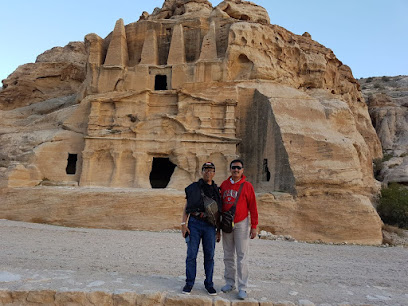
Petra Museum
Explore the rich heritage of the Nabateans at Petra Museum, a treasure trove of artifacts and history in the heart of Wadi Musa.
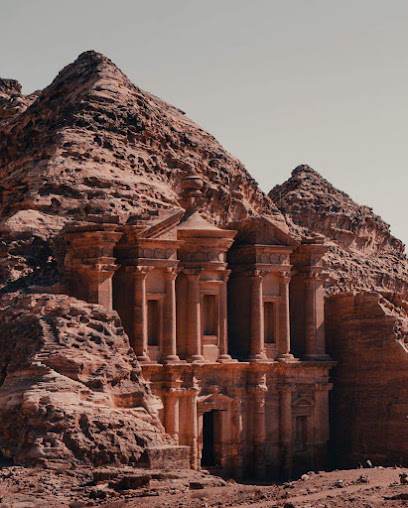
Great Temple
Discover the Great Temple of Petra, a monumental archaeological site showcasing the architectural brilliance of the Nabateans amidst stunning desert landscapes.
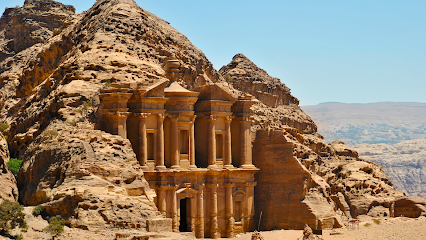
Obelisk Tomb & Bab as-Siq Triclinium.
Discover the ancient beauty of the Obelisk Tomb & Bab as-Siq Triclinium in Wadi Musa, a historical gem that unveils the artistry of the Nabataean civilization.
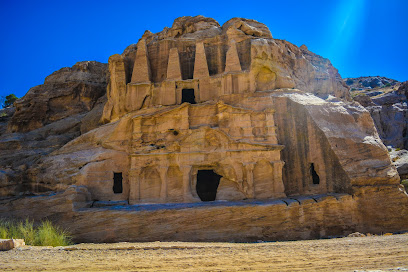
I Love Petra Sign
Capture unforgettable memories at the iconic 'I Love Petra' sign, your gateway to exploring the ancient wonders of Petra in Wadi Musa, Jordan.

Royal Tombs
Explore the Royal Tombs of Wadi Musa, a stunning archaeological site showcasing the artistry of the Nabatean civilization amidst breathtaking desert landscapes.
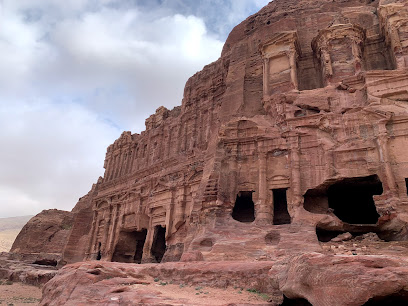
The Treasury from above
Explore the stunning Treasury of Petra, a historical gem in Jordan showcasing ancient Nabatean architecture and breathtaking landscapes.
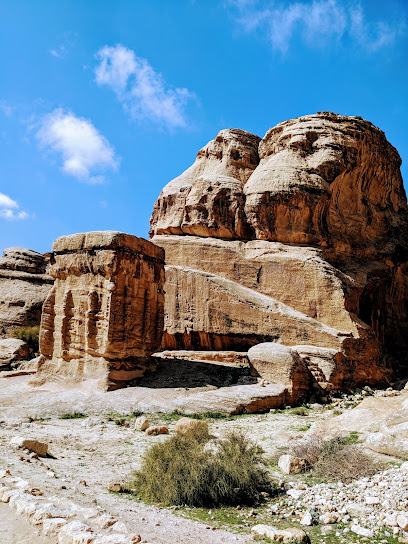
Tomb of 'Unayshu
Discover the enchanting Tomb of 'Unayshu in Wadi Musa, a historical landmark reflecting ancient artistry amidst stunning desert vistas.

Petra Archaeological Park
Discover the breathtaking wonders of Petra Archaeological Park, an ancient city carved into rose-red cliffs in the heart of Jordan, a UNESCO World Heritage site.
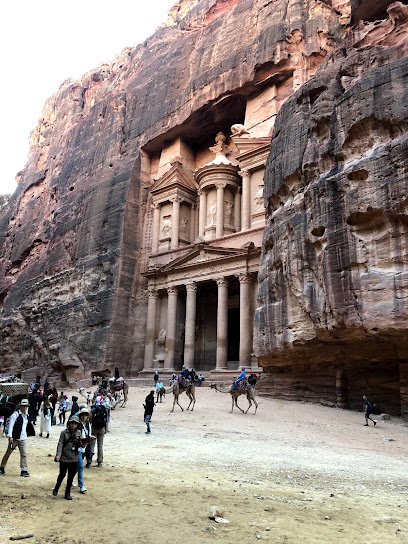
Silk Tomb
Explore the Silk Tomb in Petra, a magnificent archaeological site showcasing ancient Nabatean craftsmanship and stunning rock-cut architecture.
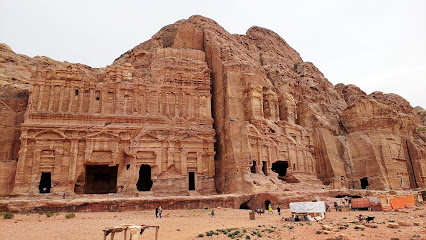
Petra
Explore the enchanting Rose City of Petra, a UNESCO World Heritage Site filled with ancient rock-cut architecture and stunning landscapes.
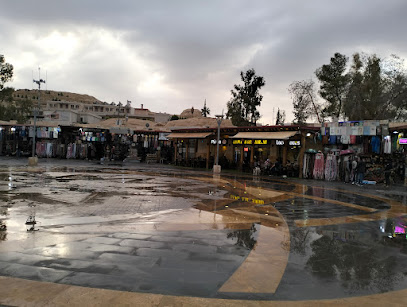
Unmissable attractions to see
Petra Museum
Explore the captivating history of the Nabateans at Petra Museum, an essential stop for every traveler in Wadi Musa.
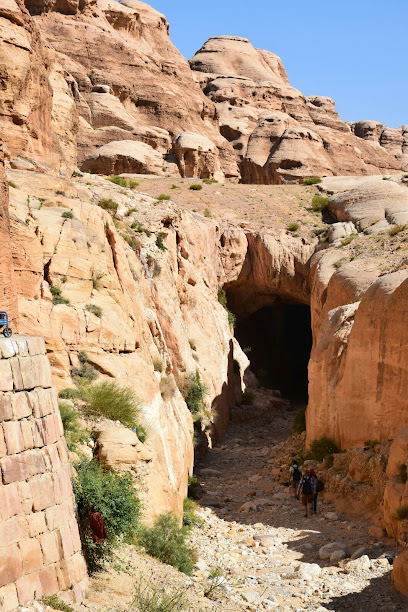
Obelisk Tomb & Bab as-Siq Triclinium.
Discover the stunning Obelisk Tomb and Bab as-Siq Triclinium, historical treasures showcasing the artistry of the Nabatean civilization in Petra, Jordan.
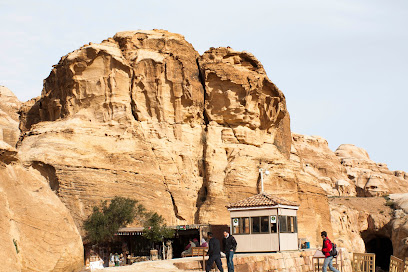
I Love Petra Sign
Capture the essence of Petra at the 'I Love Petra' sign, where stunning landscapes meet unforgettable memories in the heart of Wadi Musa.
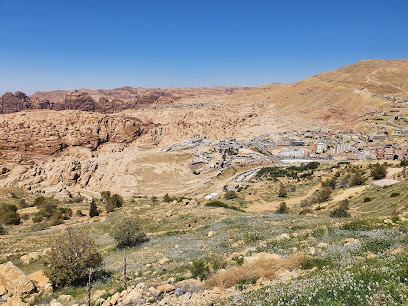
Petra Balloon
Discover Petra from the skies with a breathtaking hot air balloon ride over Wadi Musa, where ancient history meets stunning landscapes.

Petra
Unveil the secrets of Petra, an ancient city of stunning rock-cut architecture and rich historical significance nestled in the heart of Jordan.
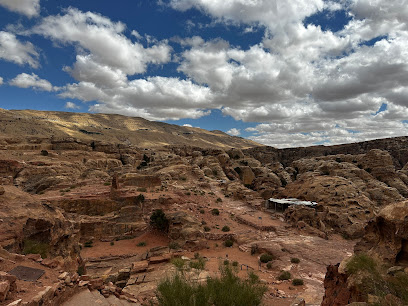
I Love Petra
Experience the magic of Petra at 'I Love Petra' – a gateway to the wonders of the ancient Nabatean city in Wadi Musa, Jordan.
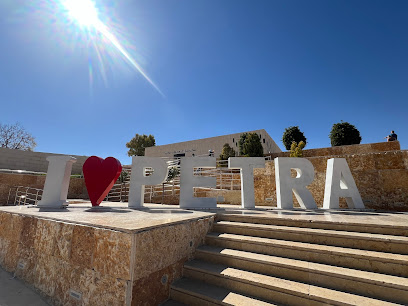
Lookout point
Discover stunning panoramic views at Wadi Musa's Lookout Point, a serene spot capturing Jordan's natural beauty and rich history.

Viewpoint Petra and Wadi Musa
Explore the stunning vistas of Petra and Wadi Musa, where history and nature converge in breathtaking beauty.
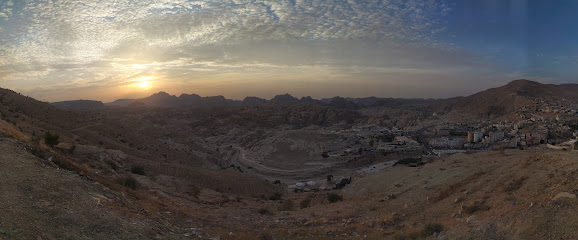
الشيخ ايمن
Explore Sheikh Ayman in Wadi Musa, a hidden gem offering breathtaking landscapes, rich history, and a serene atmosphere for all travelers.

e-bike
Discover the stunning landscapes of Wadi Musa and its ancient treasures on an exhilarating e-bike adventure.
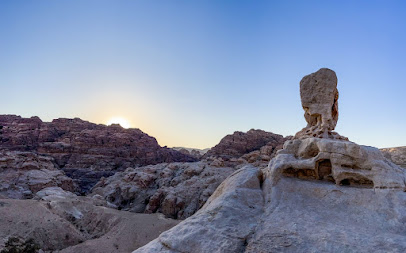
Essential places to dine
My Mom's Recipe Restaurant
Experience authentic Jordanian cuisine at My Mom's Recipe Restaurant in Wadi Musa—your gateway to traditional flavors and warm hospitality.
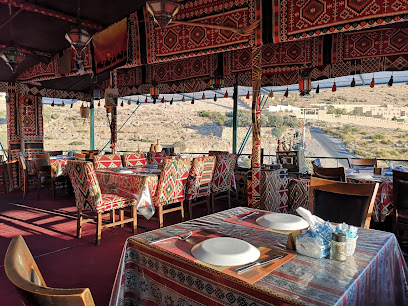
Alqantarah Restaurant
Experience authentic Middle Eastern flavors at Alqantarah Restaurant in Wadi Musa – where every dish tells a story.
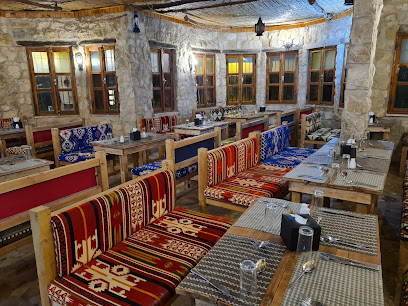
Palm Court Restaurant & Cafe
Experience authentic Jordanian cuisine amidst stunning views at Palm Court Restaurant & Cafe in Wadi Musa.
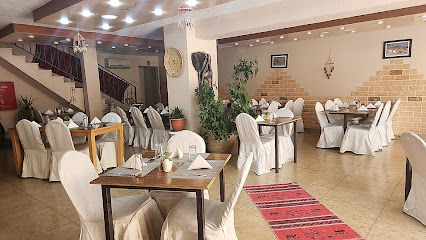
Red Cave Restaurant
Experience the rich flavors of Jordan at Red Cave Restaurant in Wadi Musa - where tradition meets taste.
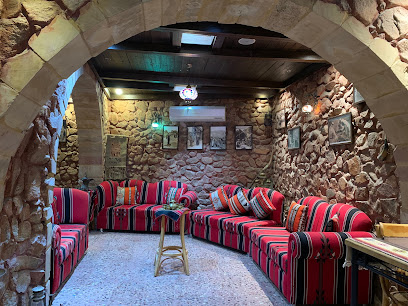
Sandstone
Discover Sandstone in Wadi Musa: A culinary haven offering authentic Jordanian flavors and international delights amidst stunning scenery.
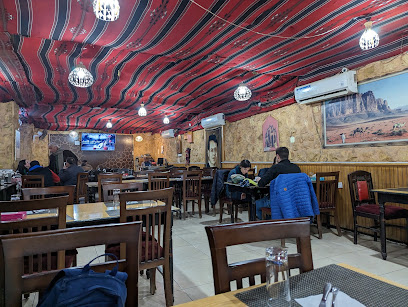
PETRA CABIN RESTAURANT
Discover family-friendly dining at Petra Cabin Restaurant, offering delicious local and international cuisine near the wonders of ancient Petra.
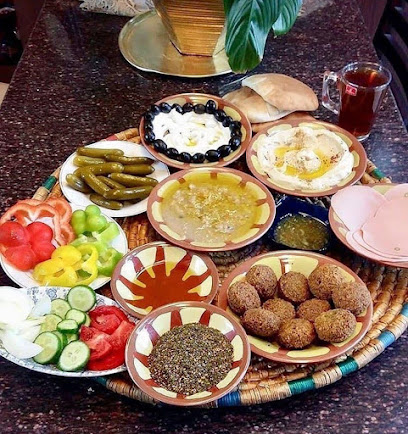
High Castles Restaurant
Experience authentic Jordanian cuisine at High Castles Restaurant in Wadi Musa, where culinary delights meet stunning views.
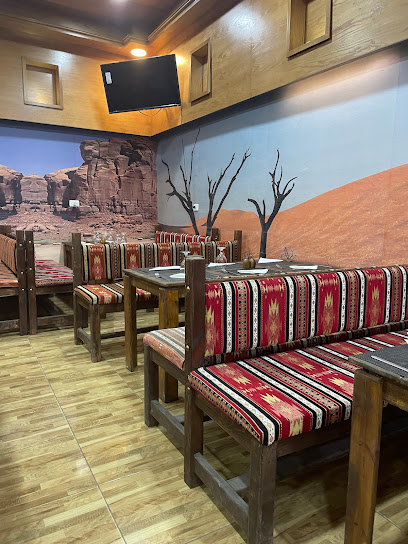
La plazza pizza
Discover authentic Italian flavors at La Plazza Pizza in Wadi Musa, perfect for travelers craving delicious pizza and a cozy atmosphere.

The Aloe Vera Restaurant
Discover delightful flavors at The Aloe Vera Restaurant in Wadi Musa, where local ingredients meet international cuisine in an inviting atmosphere.
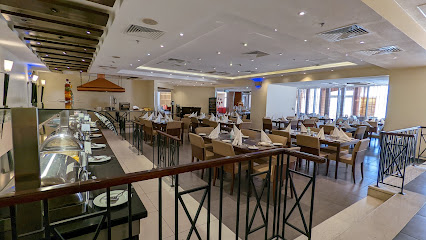
rendezvous restaurant petra
Experience exquisite Jordanian flavors at Rendezvous Restaurant in Wadi Musa – where tradition meets modern culinary artistry.

Markets, malls and hidden boutiques
The Cave Bar
Discover the mesmerizing Cave Bar in Wadi Musa, where stunning rock formations meet a vibrant bar scene, perfect for unwinding after exploring Petra.
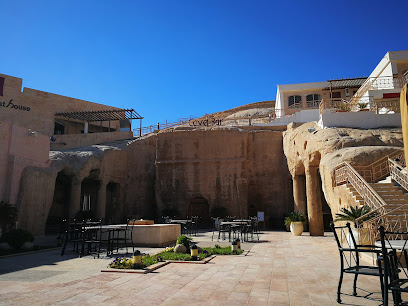
Petra View Shop
Explore the Petra View Shop for unique, handcrafted souvenirs that embody the rich culture and history of Jordan, perfect for any traveler.
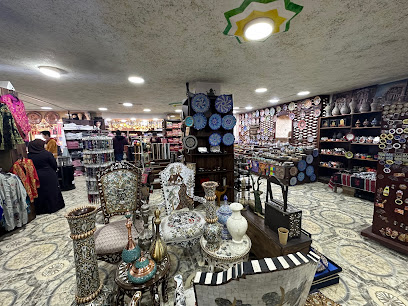
Petra Basket Store - سلة البتراء ستور
Explore the charm of Petra Basket Store in Wadi Musa, your go-to spot for American grocery items and unique souvenirs near the magical ruins of Petra.
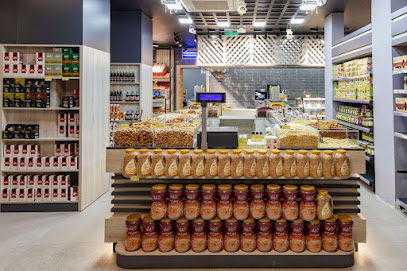
Town Bazaar
Explore a treasure trove of authentic handmade souvenirs at Town Bazaar in Wadi Musa, celebrating the rich culture of Jordan.
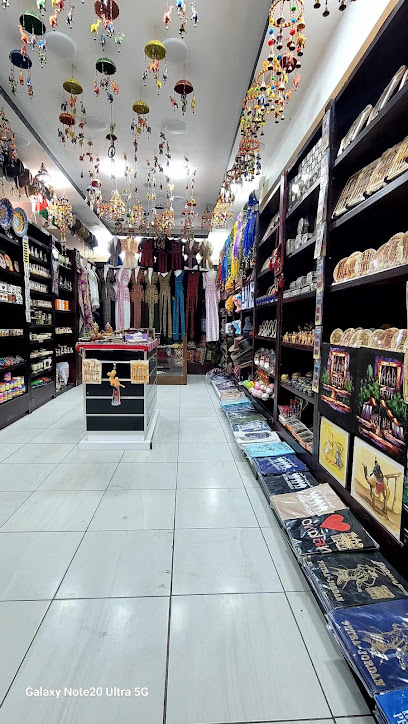
Petra Archaeological Park
Explore the breathtaking wonders of Petra Archaeological Park, a UNESCO World Heritage Site with stunning rock-cut architecture and rich history.
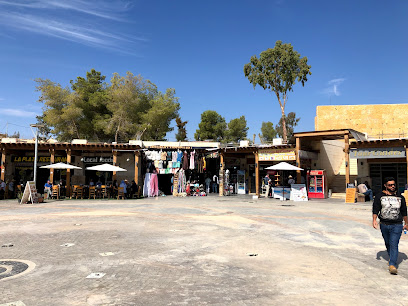
Petra Rosemary Shop & Frankincense
Explore authentic Jordanian gifts and aromatic treasures at Petra Rosemary Shop & Frankincense, a must-visit for any tourist in Petra.
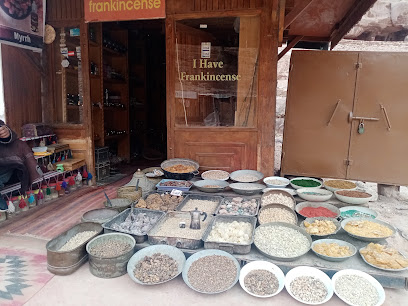
The Sand Castle Souvenir&Bazaar
Discover unique Jordanian crafts and mementos at The Sand Castle Souvenir & Bazaar in Wadi Musa, a perfect stop for cultural souvenirs.

Nabataean Ladies Cooperative
Explore the artistry and empowerment at the Nabataean Ladies Cooperative in Wadi Musa, where traditional silversmithing comes to life.
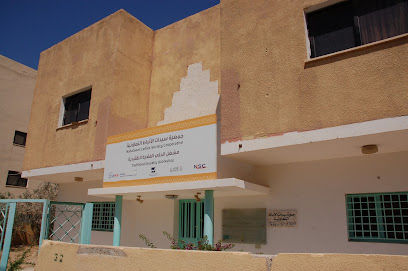
Murad Mini Market
Explore the vibrant Murad Mini Market in Wadi Musa for unique gifts, souvenirs, and essential items during your Petra adventure.
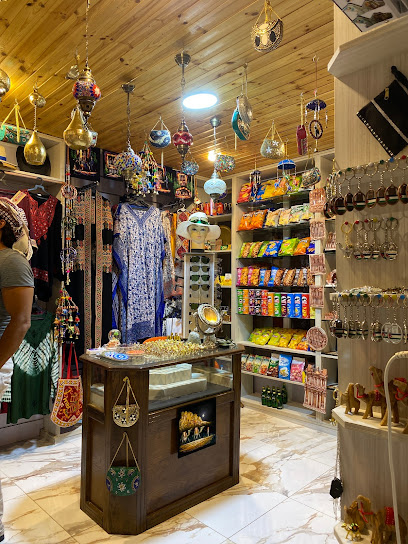
The cave
Explore local craftsmanship and authentic Jordanian souvenirs at The Cave Souvenir Store in Wadi Musa - a treasure trove for every traveler.

Essential bars & hidden hideouts
My Mom's Recipe Restaurant
Experience authentic Jordanian cuisine at My Mom's Recipe Restaurant in Wadi Musa, the perfect culinary complement to your Petra adventure.
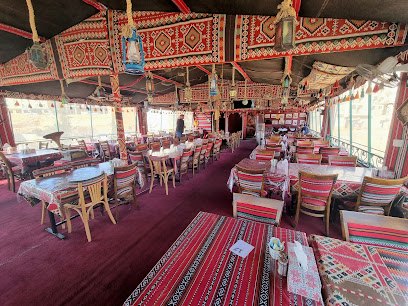
Petra Night Restaurant
Savor the authentic flavors of Jordan at Petra Night Restaurant in Wadi Musa, a culinary gem near the ancient Petra ruins.
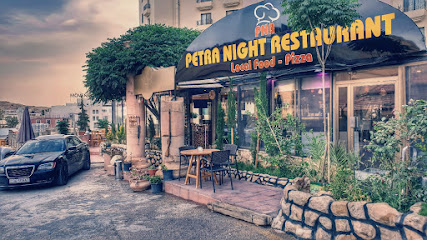
Red Cave Restaurant
Experience the rich flavors of Jordanian cuisine at Red Cave Restaurant in Wadi Musa, a perfect stop after exploring Petra's ancient wonders.
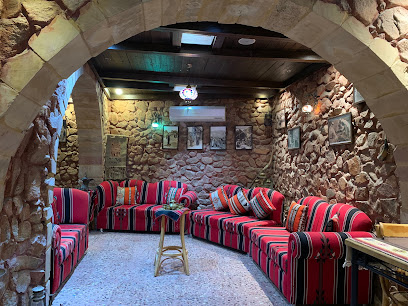
Kilkenny Bar
Discover the heart of Wadi Musa's nightlife at Kilkenny Bar, where local charm meets vibrant socializing in a cozy atmosphere.
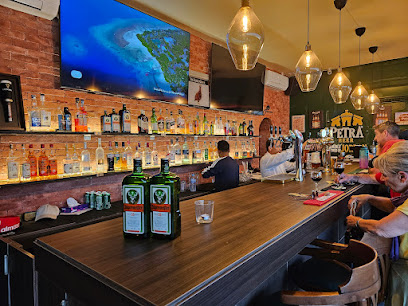
Al Maqa'ad Bar
Experience the charm of Al Maqa'ad Bar in Wadi Musa, where local flavors and stunning views create the perfect relaxation spot after exploring Petra.

Al Ghadeer Roof Garden
Experience the enchanting flavors of Middle Eastern cuisine at Al Ghadeer Roof Garden in Petra, surrounded by breathtaking views and a serene atmosphere.
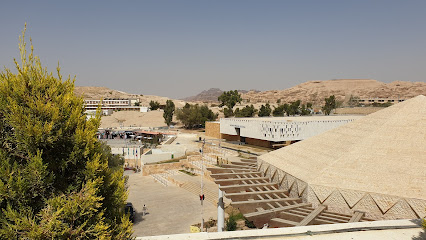
The Experience - Petra
Experience the essence of Jordan's craft beer and wines at The Experience - Petra, a cultural bar nestled in the scenic Wadi Musa.
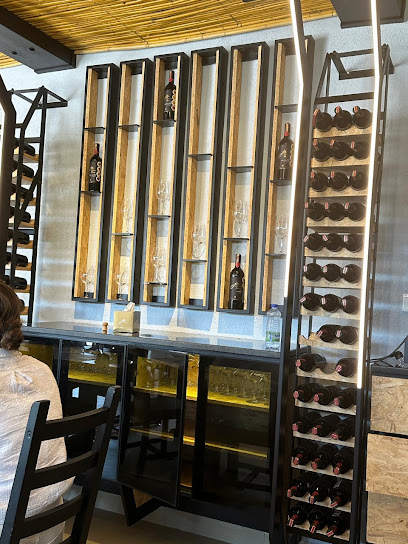
Al Multaqa Lobby Lounge
Experience the perfect blend of relaxation and refreshment at Al Multaqa Lobby Lounge in Wadi Musa, your serene retreat after exploring Petra's wonders.
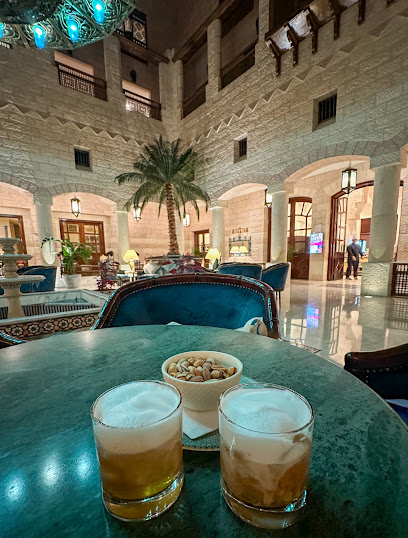
Al Nadeem Bar & Terrace
Discover the charm of Al Nadeem Bar & Terrace, where refreshing drinks meet the breathtaking views of Petra, creating unforgettable moments.
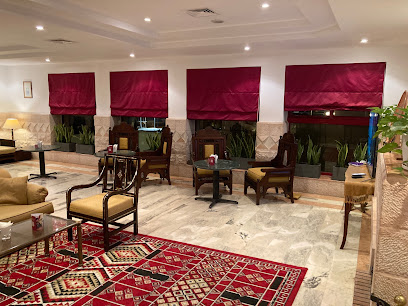
Al Baraka Tea Room
Experience the flavors of Petra at Al Baraka Tea Room, where traditional teas and Middle Eastern delicacies create a memorable culinary journey.
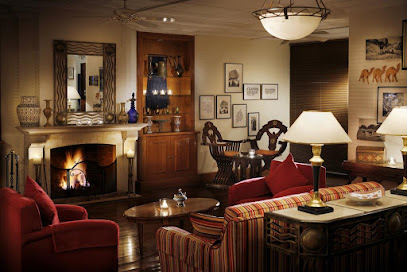
The Cave Bar
Experience the rich flavors of Jordan in a stunning cave setting at The Cave Bar, Petra's unique dining destination.
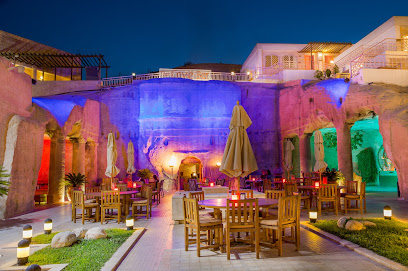
Local Phrases
-
- Helloمرحبا
[marhaba] - Goodbyeوداعا
[wada'an] - Yesنعم
[naam] - Noلا
[laa] - Please/You're welcomeمن فضلك
[min fadlik] - Thank youشكرا
[shukran] - Excuse me/Sorryعذرا
[aatharana] - How are you?كيف حالك؟
[kayfa halik?] - Fine. And you?بخير. وأنت؟
[bikhair. wa ant?] - Do you speak English?هل تتحدث الإنجليزية؟
[hal tatahadath al'injilizia?] - I don't understandأنا لا أفهم
[ana la afham]
- Helloمرحبا
-
- I'd like to see the menu, pleaseأود أن أرى القائمة، من فضلك
[awad an ara alqaimah, min fadlik] - I don't eat meatأنا لا آكل اللحم
[ana la aakol allahm] - Cheers!في صحتك!
[fi sahtak!] - I would like to pay, pleaseأود أن أدفع، من فضلك
[awad an adfaa, min fadlik]
- I'd like to see the menu, pleaseأود أن أرى القائمة، من فضلك
-
- Help!النجدة!
[alnajdah!] - Go away!اذهب بعيدا!
[athhab baedan!] - Call the Police!اتصل بالشرطة!
[atassal bialshurta!] - Call a doctor!اتصل بطبيب!
[atassal bitalib!] - I'm lostلقد ضللت الطريق
[laqad dalalt altariq] - I'm illأنا مريض
[ana mareed]
- Help!النجدة!
-
- I'd like to buy...أود أن أشتري...
[awad an ashtari...] - I'm just lookingأنا فقط أتفرج
[ana faqat atfarg] - How much is it?كم هو ثمنه؟
[kam hu thana?] - That's too expensiveهذا غالي جدا
[hatha ghali jiddan] - Can you lower the price?هل يمكنك خفض السعر؟
[hal yumkinuk khafd alsar?]
- I'd like to buy...أود أن أشتري...
-
- What time is it?كم الساعة؟
[kam alsaa?] - It's one o'clockالساعة الواحدة
[alsaa alwahidah] - Half past (10)العاشرة والنصف
[alaaashirah walnisf] - Morningصباح
[sabah] - Afternoonمساء
[masa] - Eveningمساء الخير
[masa alkheir] - Yesterdayأمس
[ams] - Todayاليوم
[alyawm] - Tomorrowغدا
[ghadan] - 1واحد
[wahid] - 2اثنان
[ithnan] - 3ثلاثة
[thalatha] - 4أربعة
[arba'a] - 5خمسة
[khamsa] - 6ستة
[sitta] - 7سبعة
[sab'a] - 8ثمانية
[thamania] - 9تسعة
[tasia] - 10عشرة
[ashara]
- What time is it?كم الساعة؟
-
- Where's a/the...?أين...؟
[ayna...?] - What's the address?ما هو العنوان؟
[ma hu al'anaan?] - Can you show me (on the map)?هل يمكنك أن تريني (على الخريطة)؟
[hal yumkinuka an tarini (ala alkhareeta)?] - When's the next (bus)?متى يأتي الحافلة التالية؟
[mata yati alhafilat altaliat?] - A ticket (to ....)تذكرة (إلى...)
[tathkirah (ila...)]
- Where's a/the...?أين...؟
History of Petra Archaeological Park
-
Petra, established around the 5th century BC, was the capital of the Nabataean Kingdom. It thrived due to its strategic location along the trade routes that connected the East and West, facilitating trade in spices, silks, and other valuable goods. The Nabataeans were skilled in water conservation, which allowed them to establish a prosperous city in the arid environment.
-
In AD 106, Petra was annexed by the Roman Empire, becoming part of the province of Arabia. This integration brought significant cultural and architectural influences, including the construction of monumental structures like the Roman Theatre and the Colonnaded Street, which showcased a blend of Nabataean and Roman styles.
-
During the 4th to 6th centuries AD, Petra became an important Christian center. Churches were built, and the city experienced a cultural shift as Byzantine architecture began to dominate. The remnants of these churches, with their intricate mosaics, reflect the religious significance of Petra during this period.
-
After the 7th century, Petra's prominence waned due to changing trade routes and the rise of nearby cities. It remained largely forgotten until its rediscovery by Swiss explorer Johann Ludwig Burckhardt in 1812. His explorations sparked interest in the site, leading to further studies and the eventual recognition of Petra as a UNESCO World Heritage Site in 1985.
-
In recent decades, efforts to preserve and protect Petra's archaeological sites have intensified. The establishment of the Petra Archaeological Park has facilitated research, conservation, and tourism management, ensuring that this historical treasure can be appreciated by future generations while balancing the needs of local communities.
Petra Archaeological Park Essentials
-
Petra Archaeological Park is located about 3 kilometers from the nearest town, Wadi Musa. The most common way to reach Petra is by taxi or minibus from Amman, which is approximately 250 kilometers away. Buses depart regularly from the Abdali Bus Station in Amman. Additionally, there are shuttle services available from major hotels in Wadi Musa to the park entrance. If you're traveling from nearby towns like Aqaba, a taxi ride will take about 1.5 hours.
-
Petra Archaeological Park covers a vast area, and the best way to explore is on foot. The main paths are well-marked, and walking allows you to fully appreciate the stunning surroundings. For those who prefer not to walk, horse rides, donkey rides, and camel rides are available at the entrance. Be mindful of the animals' welfare and choose reputable guides. Note that there are no trains or buses within the park.
-
Petra is generally safe for tourists, but standard precautions should be taken. Avoid wandering alone in less crowded areas, especially after dark. Petty crimes like pickpocketing can occur, particularly in crowded areas near the entrance. It's advisable to keep your belongings secure and be cautious of overly aggressive vendors. While the park itself is safe, it's best to stay vigilant in the towns surrounding Petra.
-
In case of an emergency, dial 911 for immediate assistance in Jordan. The nearest hospital is in Wadi Musa, which is equipped to handle medical emergencies. There are also pharmacies within the town for minor health issues. Ensure you have comprehensive travel insurance that covers medical emergencies and carry an emergency contact list with you.
-
Fashion: Do dress modestly, covering shoulders and knees, especially when visiting religious sites. Avoid wearing revealing clothing. Religion: Do respect local customs; refrain from loud behavior in sacred areas. Public Transport: Do use taxis or designated shuttle services; don’t hitchhike. Greetings: Do greet with a handshake and smile; don’t assume physical contact is welcome. Eating & Drinking: Do try local delicacies and drink plenty of water; don’t eat or drink in sacred areas or while walking around the park.
-
To experience Petra like a local, start your day early to avoid crowds and the midday heat. Engage with local Bedouins who can offer insights into the history and culture of Petra. Try to visit lesser-known sites like the Monastery (Ad Deir) and the High Place of Sacrifice for stunning views. Bring a refillable water bottle, as there are water stations throughout the park. Lastly, consider hiring a local guide for a richer understanding of the site's history.
-
Wadi Musa offers a range of accommodation options, from budget hostels to luxury hotels. Many hotels provide shuttle services to Petra. Booking in advance is recommended, especially during peak tourist season (spring and fall). Consider staying in a hotel that offers traditional Jordanian meals to enhance your cultural experience.
-
When visiting Petra, it's important to be respectful of local customs. Always ask permission before taking photos of people, especially Bedouins. Avoid discussing sensitive political or religious topics with locals. Demonstrating curiosity about their culture and history can lead to enriching conversations and experiences.
Nearby Cities to Petra Archaeological Park
-
Things To Do in Ma'an
-
Things To Do in Dana
-
Things To Do in Tafilah
-
Things To Do in Wadi Rum
-
Things To Do in Kerak
-
Things To Do in Eilat
-
Things To Do in Aqaba
-
Things To Do in Masada
-
Things To Do in Beersheba
-
Things To Do in Ein Gedi
-
Things To Do in Dead Sea
-
Things To Do in Bethlehem
-
Things To Do in Madaba
-
Things To Do in Jerusalem
-
Things To Do in Modi'in













